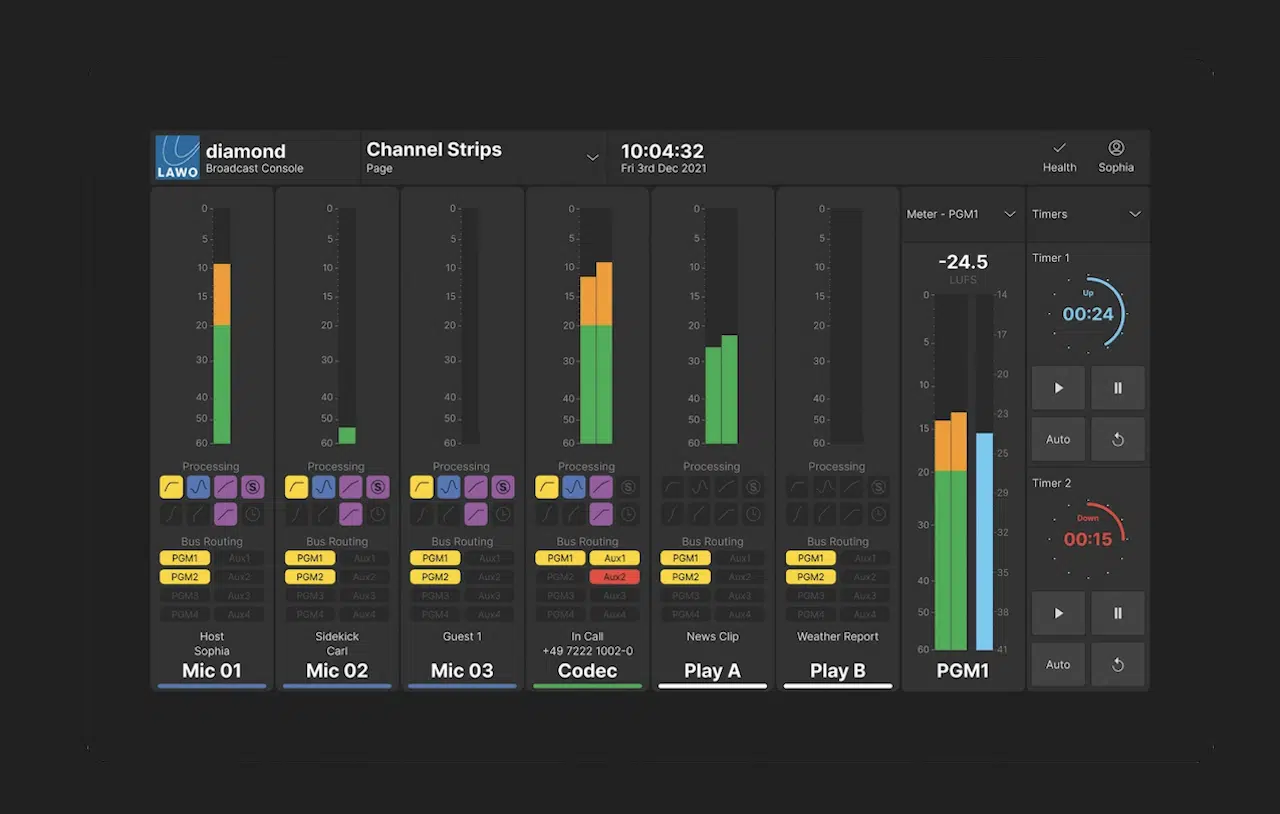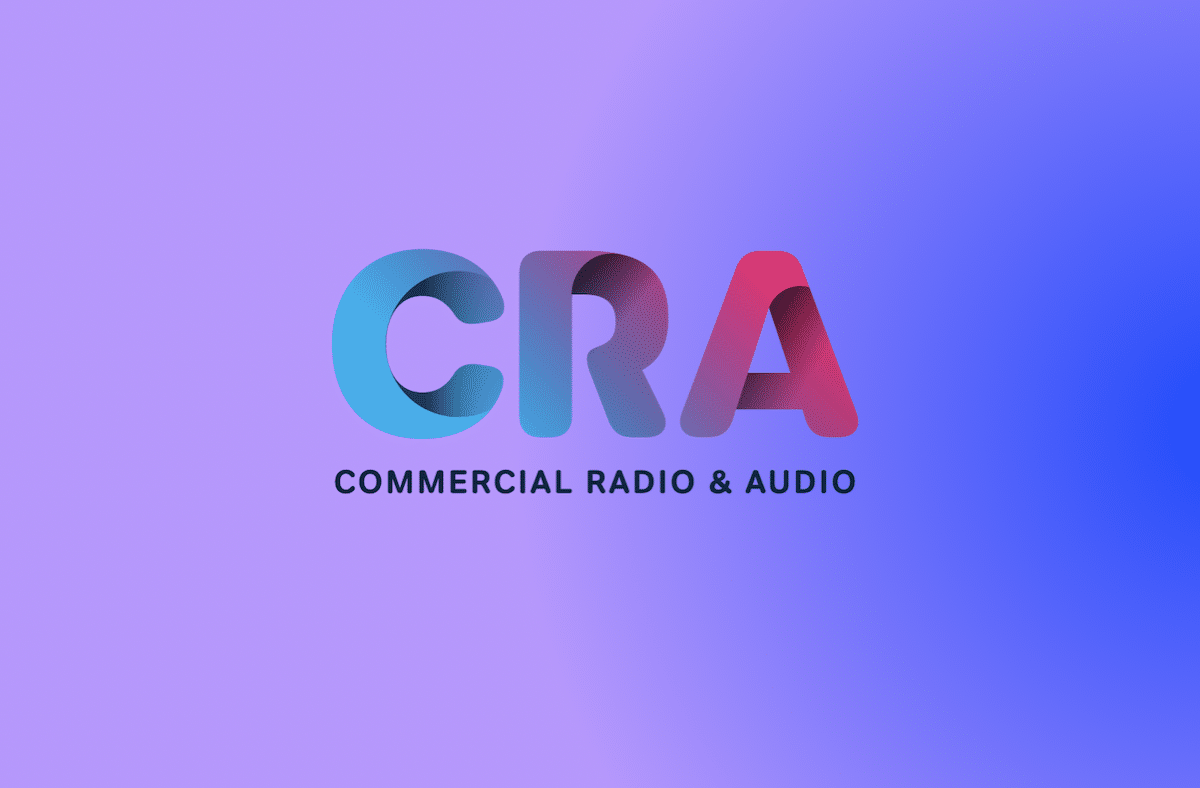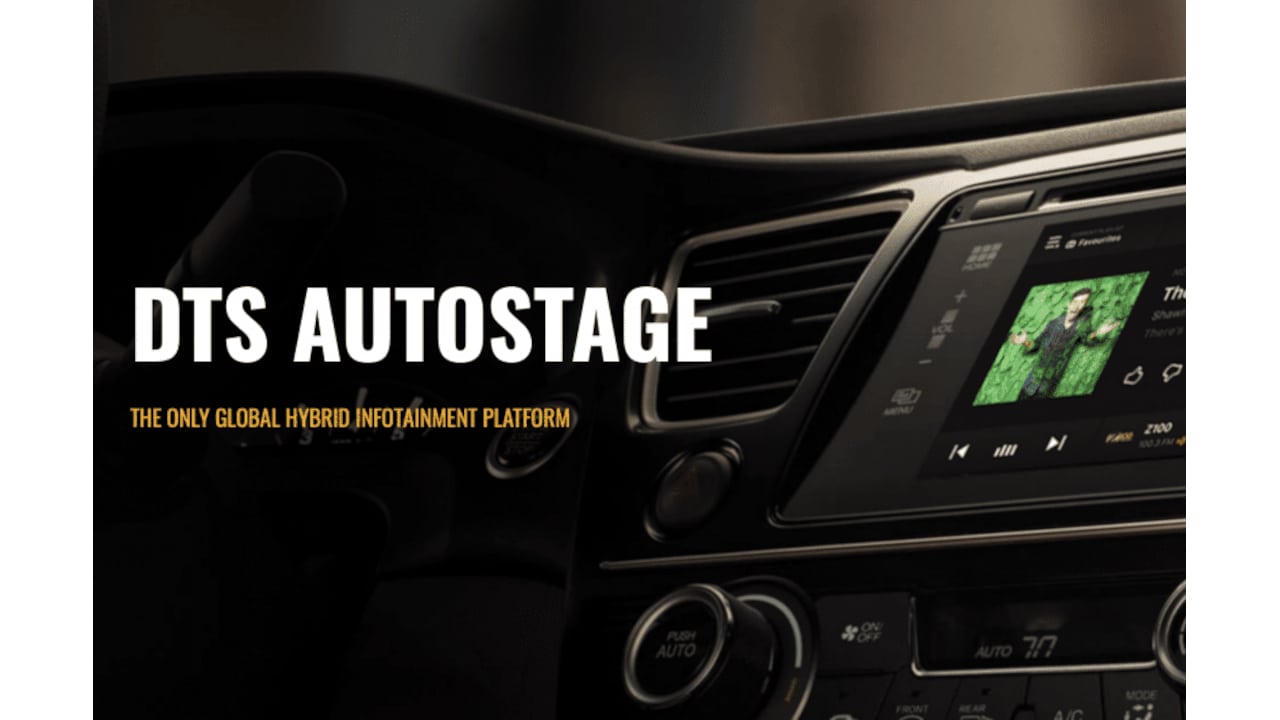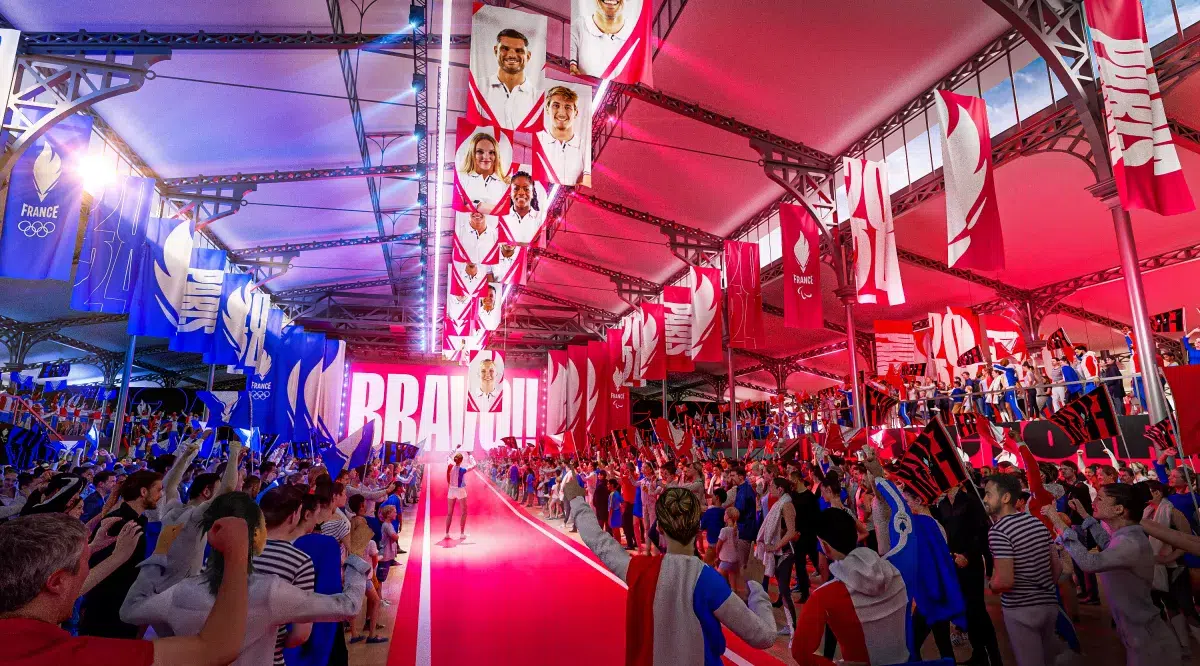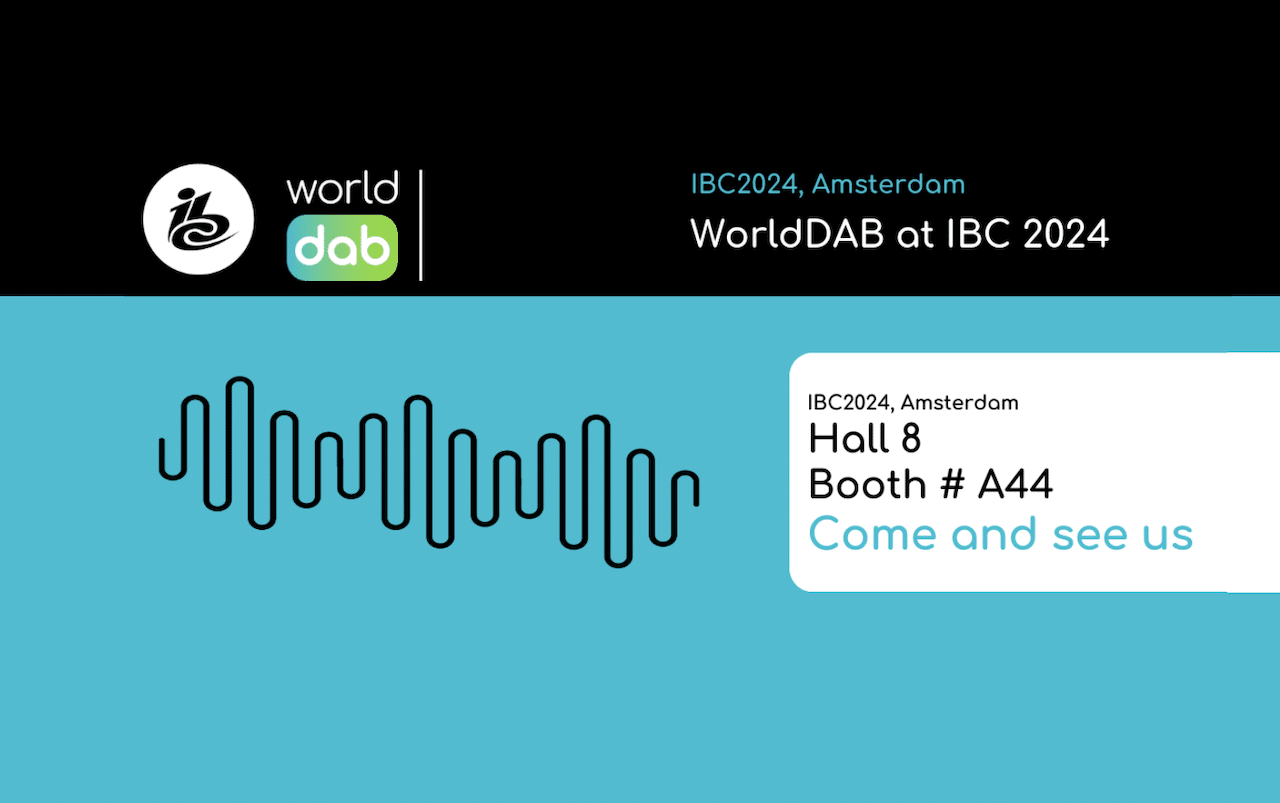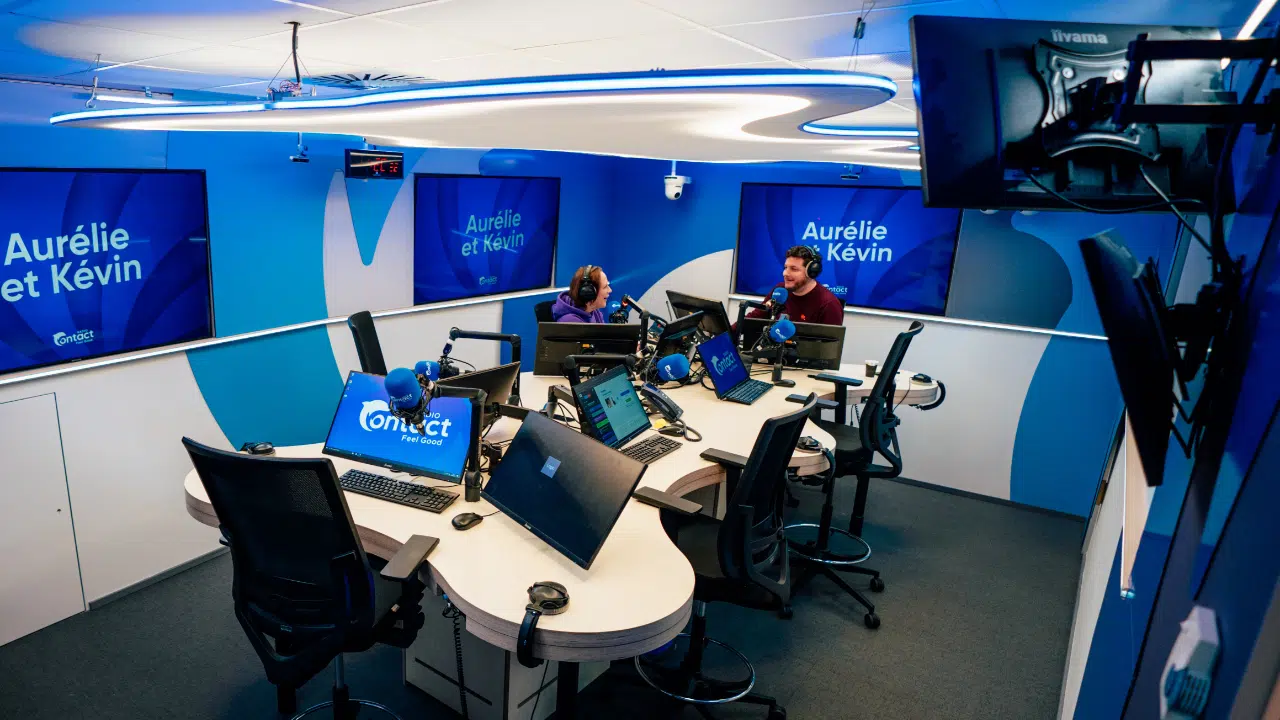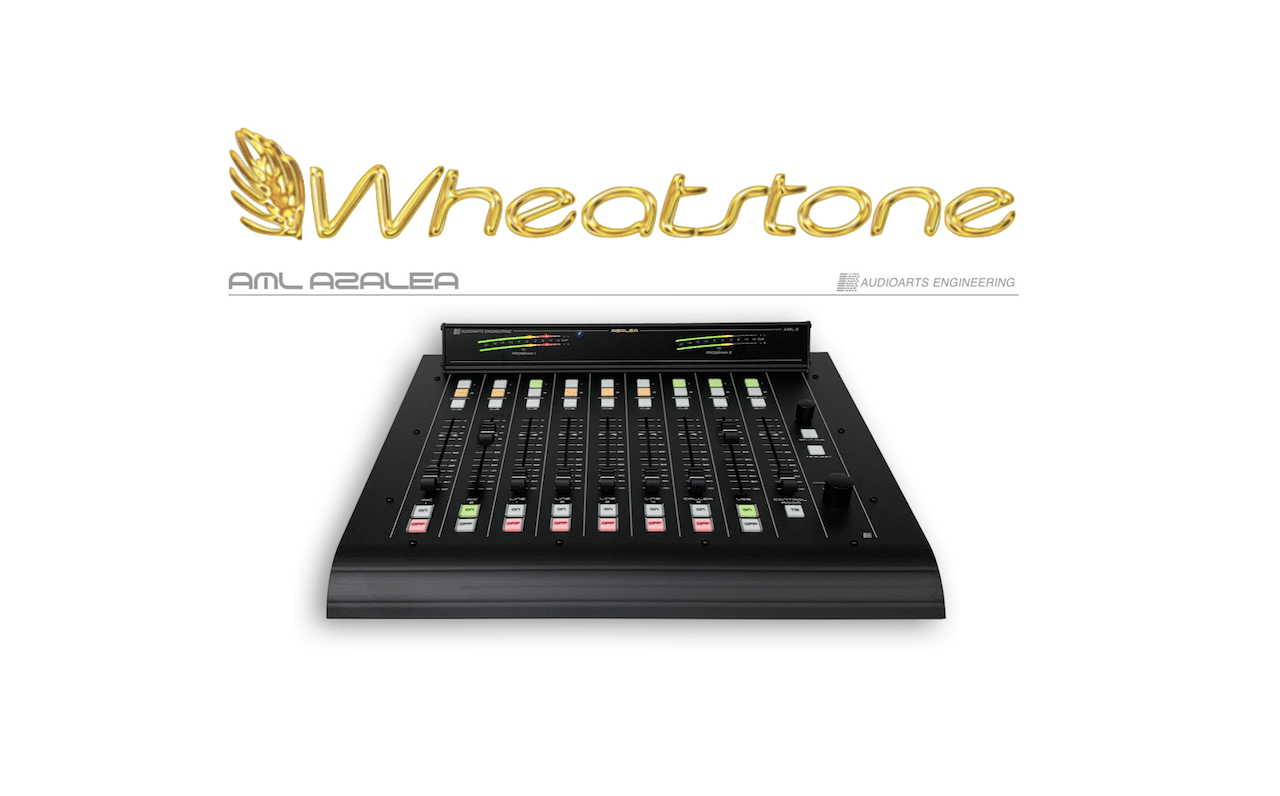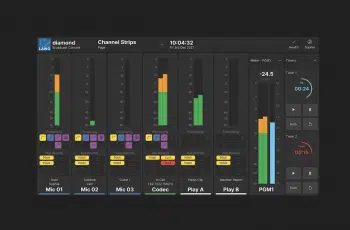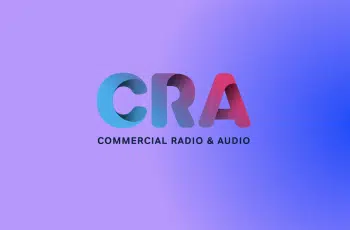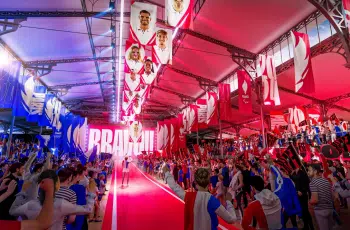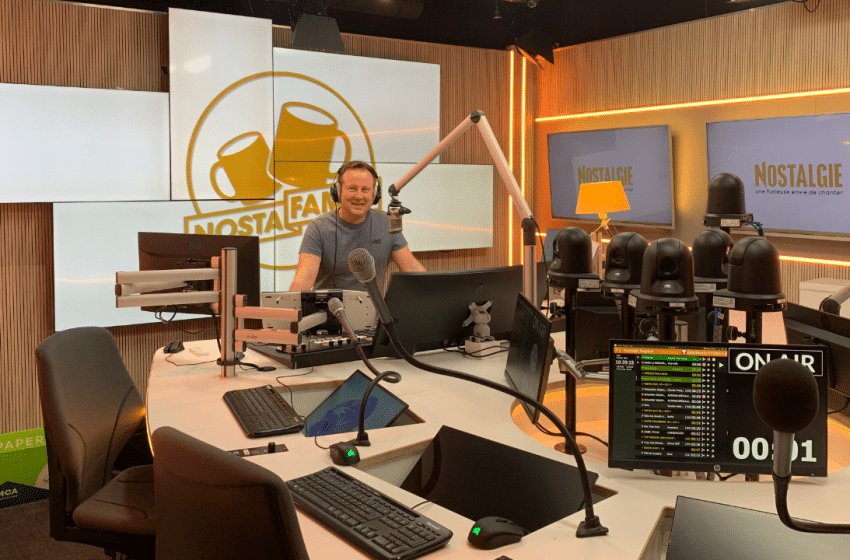
BRUSSELS — With five radio stations under one climate-friendly roof, Belgium’s NGroup is the leading private player in the south Belgian market. It operates the iconic Nostalgie and NRJ, DAB+ stations Nostalgie+ and NRJ+ and the fully streamed station Chérie.
In 2018, Nostalgie became the leading station in the French-speaking part of Belgium and remained the leader for six consecutive years. Its latest figures show a 14.95% audience share. NGroup CEO Kim Beyns attributes the success to intensive marketing and creating brand awareness. “We’ve modernized our on-air and off-air approach and transformed Nostalgie into an assertive and committed brand. Nostalgie serves a well-defined 40- to 60-year-old target audience where it is the undisputed leader,” said Beyns.
The big challenge for NGroup is NRJ. The station leads the under-35 age bracket — a problematic audience target. “First of all, youngsters tend to listen less regularly to radio and consume music through streaming services and YouTube. Another tough nut to crack is the radio surveys. They face difficulties recruiting youngsters to fill in their daily listening report, resulting in a variable view in the ratings.”
Filling a vacuum
Looking at the NGroup brands, there was a vacuum in the 25- to 44-year-old audience between NRJ and Nostalgie. “We positioned Chérie alongside NRJ+, with a predominantly ’90s playlist,” continued Beyns. “Chérie initially had a female image. We transformed the station into a smooth ‘slow pop’ station, perfectly fit as background on the work floor. In the same move, we switched from DAB+ to streaming audio for Chérie without losing our audience. We strongly believe in streaming and want to maintain Chérie in that model as a radio lab measuring the consequences of shifting from DAB+ to streaming.”
Nostalgie+ is the perfect complement to the NGroup’s other stations. Beyns suggested a 60+ audience radio serving the active older consumers. “Quite a challenge because we’re a bit on the outside of the commercial targets but doing very well in the ratings,” Beyns boasted. “We were a bit concerned playing less of the ’60s and ’70s hits on Nostalgie, so that’s where Nostalgie+ comes in.”
With NRJ and Nostalgie broadcasting on FM (88 frequencies — 41 NRJ, 47 Nostalgie — on 63 sites owned and managed by NGroup) and DAB+, NRJ+ and Nostalgie+ on DAB+ and Chérie on streaming audio, Beyns estimates that FM has a future of probably some five to six years. “The majority of our audience is still on FM,” he said. “The tipping point, where 50% listens to digital radio, may well be this year. But this means we must still persuade 50% of analog listeners.”
Station engagement
A key element in NGroup’s strategy is the belief that the Belgian listener wants station engagement. “Radio should have good music and DJs, but what does my station do to contribute to a better world? That’s what 36% of our audience wants to know,” said Beyns. “Well, over 10 years, we have reduced our CO2 emissions by 25%. Our studios are powered by 130 solar panels, with the possibility to expand the rooftop solar site. And our transmitter park is close to operating fully on green energy.”
Another element of commitment is how presenters bring the message to the audience. “When you’re awarded a broadcast license, you can choose either a positive or negative impact. We’ve chosen the positive approach,” explains Beyns. “We’ve named Geraldine Deleuse as CSR Director, controlling our brands’ commitment and modus operandi. In 2019, NGroup was the first media group to receive the “Diversity” label from Actiris, an organization matching job seekers.
The big challenge for NGroup is maintaining the lead position and reconnecting the younger audience to radio. “And to continue promoting DAB+ and digital radio,” Beyns added.
Flexibility was the keyword for NGroup’s new studio environment.
The new studios
NGroup’s studio landscape comprises six on-air studios (five plus one audience studio) and six production rooms (two audio studios, two audio/video studios and two voice track booths). A new studio became operational in December, and another new “multibrand” on-air studio is currently under construction.
“Our vision is that all on-air studios serve the five radio brands,” explained Geoffrey Naniot, NGroup’s radio network manager. Together with his colleague Geoffrey Thomas, Naniot leads the technical team. “I am more into IT, and Geoffrey was the sound engineer. It’s the synergy that works,” declared Naniot. “The future is the multicast networks; they require both IT and audio.”
Flexibility was the keyword for NGroup’s new studio environment. “We have designed our on-air studios in a way that they can change from one station brand to another in less than 30 seconds,” said Naniot. “The big bonus is that the Wheatstone network allows massive automation.”
“Each room has adjustable displays and LED lighting to fit any station. The combination with RCS Zetta playout software and the WheatNet multicast configuration allows us to implement new functionalities.”
NGroup’s first studio equipped with Wheatstone was its 60-square-meter live studio. Today, the complete studio network uses Wheatstone technology. The voice track booths feature virtual consoles custom-designed with Wheatstone’s ScreenBuilder application.
“We’ve used the new RCS Zetta automation system since 2018, first with our 43 online stations,” commented Naniot. “Zetta’s strength is the availability of the applications while the main software controls the system. In the past, we had a PC in every on-air studio; today, we have two RCS Zetta racks in the main engine room — a fully redundant system ensuring the swift operation of our broadcasts.”
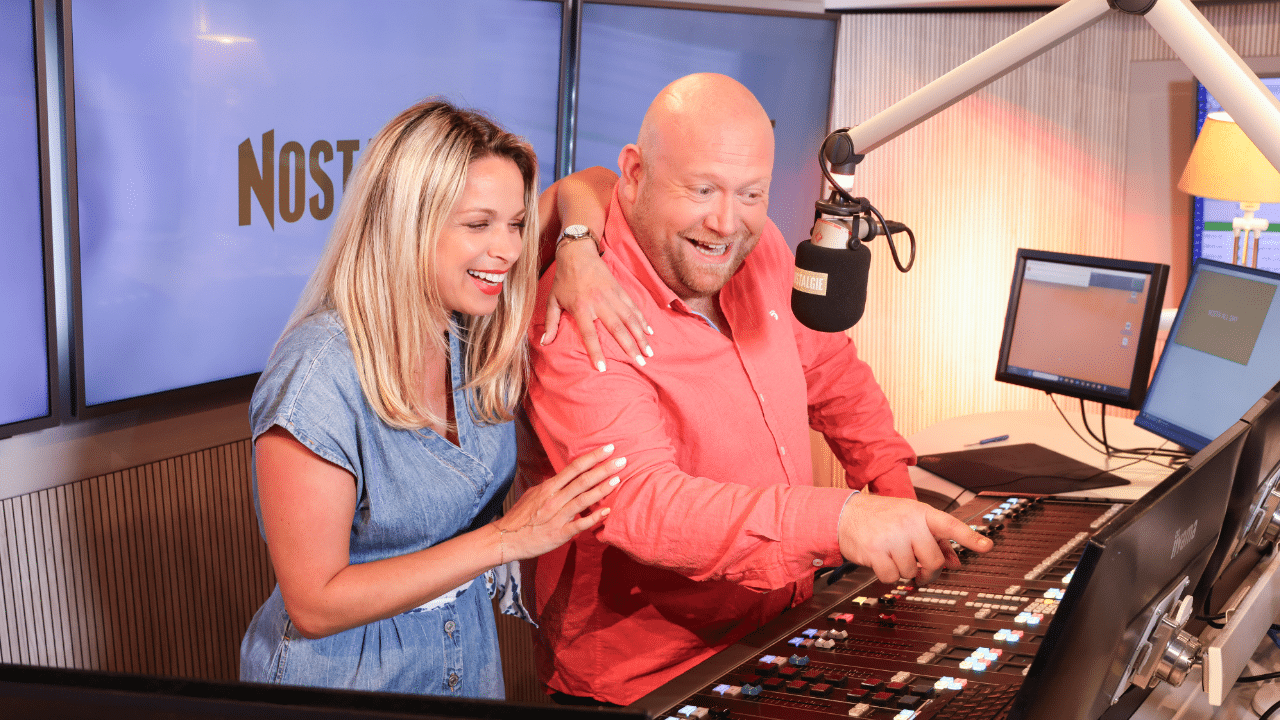
Push of a button
“Right now, the studio is broadcasting the Nostalgie program,” Naniot pointed out. He continued, “I can decide to push one button to change the user interface and put the studio ‘off air’ or change into the NRJ program while maintaining the connection with the main server. Zetta launches the correct profile for the station; the Wheatstone console continues to broadcast on air.”
All studio systems interface with the Wheatstone network, including BCE StudioTalk, for automating the visual radio camera, lighting and imaging displays. Three studios feature the BCE StudioTalk visual radio technology. NRJ’s morning show is aired on TV station AB3, and Nostalgie’s “La Nosta Family” morning drive has been running on the Proximus Pickx network since Feb 19.
Each studio offers room for the presenter, a telephone assistant and four guests, and can also serve as a recording studio or extra interview space from any other studio in the network. Presenters use a Neumann BCM 104 microphone; studio guests use Shure Beta 87A and 87C microphones.
Every studio is equipped with an identical Wheatstone LXE console. “All our studios are equipped with Focal CMS 40, CMS 50, Shape 40 and Alpha 50 Evo active monitor speakers,” Naniot explained. “We are also replacing our current microphone processing with Sound4 equipment.” He opted for Sound4 Pulse hardware for the studio sound and Sound4 Impact processing for web radio, DAB+ and FM broadcast optimization.
The telephone assistant positions in the on-air studios are equipped with Telos VX AoIP telephone hybrids, operating with SwitchBlade technology. “We’re configuring a new PBX system to interface with Radiomation’s SwitchBlades in our Wheatstone network,” Naniot explained. “Radiomation also provided telephone modules for our WheatNet consoles and the screening software.”
For Naniot, the installation and smooth running of NGroup’s new studios are a testimony to the technical support they receive. “Both Frédéric Blondet, chief support with RCS France, and Wheatstone integrator Raphaël Dolmazon of Save Diffusion are very open to our suggestions and feedback.”
Based in Antwerp, Belgium, the author began hosting a weekly program at a local radio station in 1980. He then joined the Dutch-language national broadcaster VRT as a reporter and music programmer. He has worked as a freelance writer for various publications including national press, industry publications and magazines since 1985.
More stories about Belgium
Radioplayer continues development in South Belgium
Belgium halts retail sales of analog radio receivers without DAB+
Up close: Belgium’s radio market



